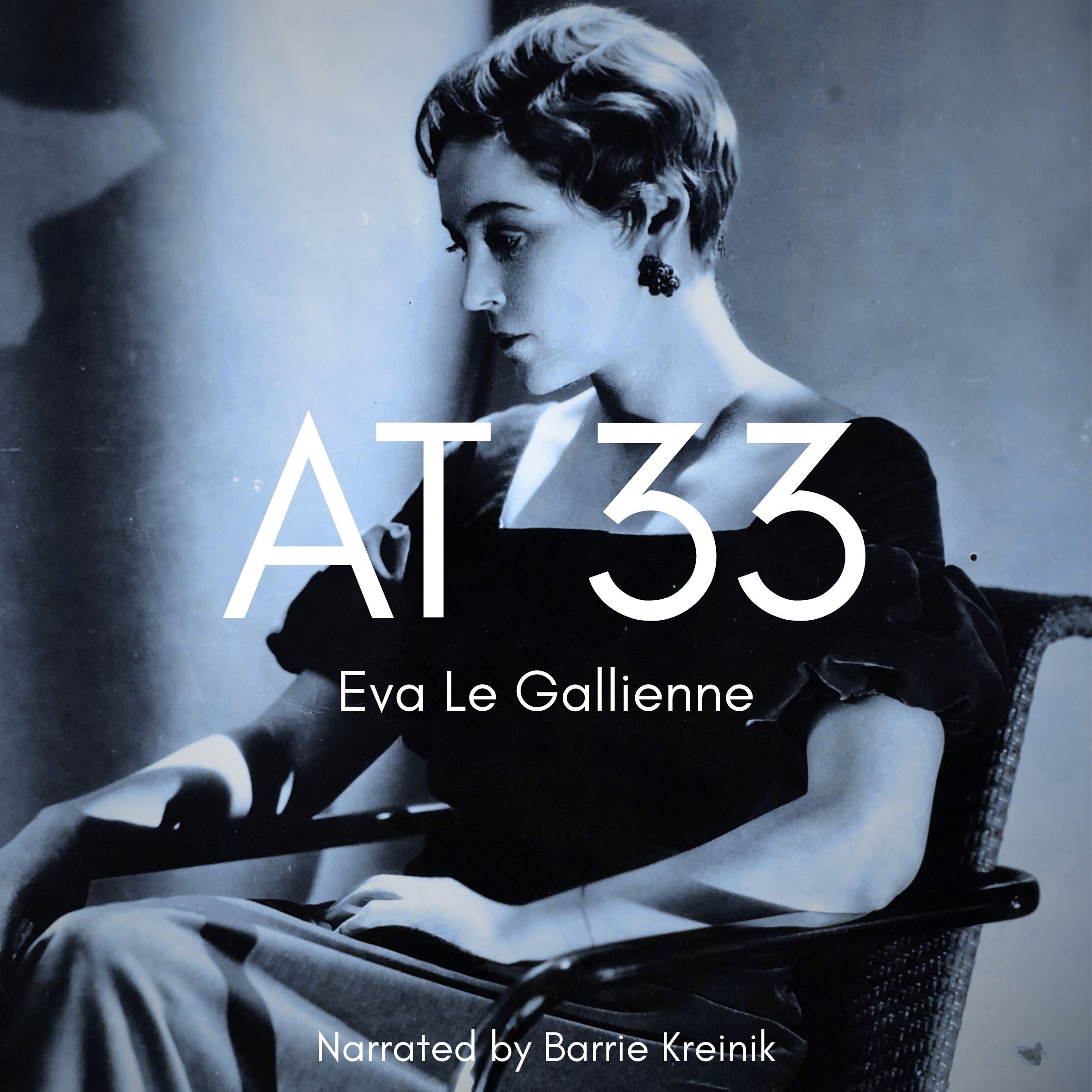Virginia 13
Listen to Virginia 13, a 50-year-old man from Falling Spring, Virginia, United States. Click or tap the triangle-shaped play button to hear the subject.
Both as a courtesy and to comply with copyright law, please remember to credit IDEA for direct or indirect use of samples. IDEA is a free resource; please consider supporting us.
BIOGRAPHICAL INFORMATION
AGE: 50
DATE OF BIRTH (DD/MM/YYYY): 10/02/1971
PLACE OF BIRTH: Falling Spring, Virginia
GENDER: male
ETHNICITY: White
OCCUPATION: software engineer
EDUCATION: master’s degree
AREAS OF RESIDENCE OUTSIDE REPRESENTATIVE REGION FOR LONGER THAN SIX MONTHS:
The speaker spent his formative years until age 27 or 28 within the same two-hour radius in west-central Virginia, including in his hometown of Falling Spring and four years in Roanoke, for college. From there, he moved to State College, Pennsylvania, for his graduate degree and had been living there for more than 20 years at the time of this recording.
OTHER INFLUENCES ON SPEECH:
As the subject mentions, he seems to have retained some strong dialect features from Virginia, though he mentions his speech might have sped up.
The text used in our recordings of scripted speech can be found by clicking here.
RECORDED BY: Kris Danford
DATE OF RECORDING (DD/MM/YYYY): 10/09/2021
PHONETIC TRANSCRIPTION OF SCRIPTED SPEECH: N/A
TRANSCRIBED BY: N/A
DATE OF TRANSCRIPTION (DD/MM/YYYY): N/A
ORTHOGRAPHIC TRANSCRIPTION OF UNSCRIPTED SPEECH:
Um, I grew up in a small town in southwestern Virginia. About half — lived half my life there. Moved to a college town, uh, where people had many different dialects. Um, the only major effect was speeding up my, uh, the rapidness of my speech. Uh, being from the South, you talk a little slower. Um, so it’s, it’s hard to lose a Southern accent.
Um, I work as a software engineer, um, electrical-engineering degree. Hobbies include racing bikes, hiking, trail work, uh, painting – mostly acrylic – uh, graphics, or graphic arts, logos, whatnot. Um, absolutely love animals, sometimes more than people. I’m sarcastic, quick-witted at times; uh, my brain’s always ahead of what comes out of my mouth. Sometimes I’ll jumble words because of that. Um, and that’s it.
TRANSCRIBED BY: Kris Danford
DATE OF TRANSCRIPTION (DD/MM/YYYY): 22/11/2021
PHONETIC TRANSCRIPTION OF UNSCRIPTED SPEECH: N/A
TRANSCRIBED BY: N/A
DATE OF TRANSCRIPTION (DD/MM/YYYY): N/A
SCHOLARLY COMMENTARY:
The KIT set features a slightly raised vowel as In “picked, kit, itchy.”
The STRUT set is realized as [ɜ] as in “much.”
The DRESS set is realized as something close to [eɛ], as in the word “accent.” This feature was only noted during extemporaneous speech. In scripted speech, this vowel is fairly consistently [ɛ]. When this vowel is followed by a nasal consonant, e.g., “exPENsive,” the vowel is raised [ɛ̝] in the direction of [e].
The LOT set is realized as [ɒ̜] with only subtle lip-rounding.
The CLOTH set is realized as [ɒʊ] – slightly diphthongized in many cases as in the word “on.” This is inconsistent, as the speaker sometimes also merged LOT/CLOTH and at one point says “cloth” and uses [ɒ̜].
The THOUGHT set is sometimes merged with CLOTH, featuring a slightly diphthongized [ɒʊ] as in “calling” and “lawyer.” However, this is inconsistent; for example, the word “thought” is pronounced with [ɒ̜.]
The CURE/NURSE sets appear to be merged and realized as [ɜ˞] as in “cure.”
The GOOSE set features some tongue fronting as in the words “goose” and “huge”
The PRICE set is realized as a monophthong or close to it; this vowel is formed in the back or mid-back in the mouth. It could be notated as [ɑ] or perhaps as [ɑ̈] with the action taking place a little more toward the middle of the mouth. There is some inconsistency here; on a couple of occasions, I hear something closer to [aɪ], e.g., “private.”
The MOUTH set is realized as [æ̃ə], with some nasality.
The GOAT set features only very subtle lip rounding and seems to take place more centrally in the mouth, in the mid-tongue rather than the back tongue. It could be notated as [ö̜ʊ], e.g., “goat” and “so.”
This speaker uses strong rhoticity, with tongue-bunching.
The weak forms of words are often used, reducing a word like “of” to [ə].
Final t’s are sometimes not pronounced (“district”) or unreleased (“vet”).
Unstressed initial vowels are sometimes shortened, syllabified, or dropped, as in “implied,” “unsanitary,” and “electrical.”
Verbs ending with “ing,” such as “racing,” “hiking,” and “painting” are realized as [in]. This was only noted in extemporaneous speech.
I noticed some consonant clusters that are reduced by a sound. For example, in “North Square,” [θ] is not pronounced.
In “Well, here,” the [l] is not pronounced.
When /h/ is initial in a word, it’s often unpronounced and elided with what came before, e.g., “trap her.”
COMMENTARY BY: Kris Danford
DATE OF COMMENTARY (DD/MM/YYYY): 22/11/2021
The archive provides:
- Recordings of accent/dialect speakers from the region you select.
- Text of the speakers’ biographical details.
- Scholarly commentary and analysis in some cases.
- In most cases, an orthographic transcription of the speakers’ unscripted speech. In a small number of cases, you will also find a narrow phonetic transcription of the sample (see Phonetic Transcriptions for a complete list). The recordings average four minutes in length and feature both the reading of one of two standard passages, and some unscripted speech. The two passages are Comma Gets a Cure (currently our standard passage) and The Rainbow Passage (used in our earliest recordings).
For instructional materials or coaching in the accents and dialects represented here, please go to Other Dialect Services.
 IDEA: International Dialects of English Archive
IDEA: International Dialects of English Archive



